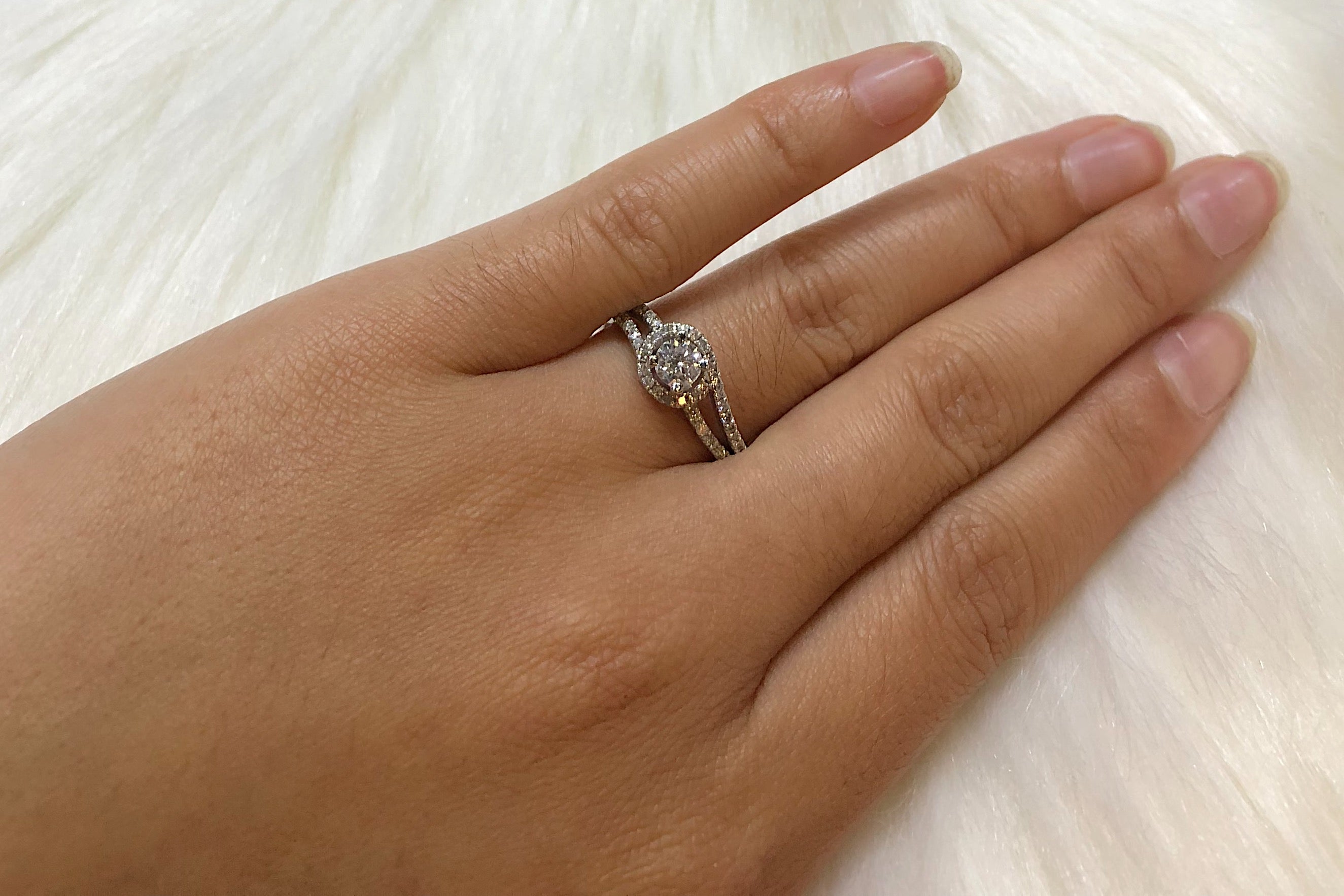When we think of diamonds, images of luxury, love, and commitment often come to mind. But have you ever wondered about the origins of these precious stones? What if the diamond adorning your engagement ring harbored a dark secret? The term “blood diamond” or “conflict diamond” has gained notoriety over the years, shedding light on a grim reality behind the sparkle. In this article, we will explore the intricate and often troubling world of blood diamonds, from their origins to the ongoing efforts to eliminate their trade.
Table of Contents
1. What Are Blood Diamonds?
Understanding the Term
Blood diamonds, also known as conflict diamonds, are diamonds that are mined in war zones and sold to finance armed conflict against governments. The term gained global attention during the late 1990s due to the devastating civil wars in countries like Sierra Leone, Angola, and the Democratic Republic of Congo. These wars were fueled and prolonged by the illicit diamond trade, resulting in widespread human rights abuses, including forced labor, child soldiers, and countless deaths.
The Human Cost
The extraction and trade of blood diamonds have had severe humanitarian impacts. Men, women, and children in conflict zones are often subjected to brutal working conditions, violence, and exploitation. According to Amnesty International, the revenue generated from these diamonds has been used to purchase weapons and fund militant activities, perpetuating cycles of violence and instability.
2. The Journey of a Blood Diamond
From Mine to Market
The journey of a blood diamond begins in the depths of war-torn regions. Rebel groups, often controlling the mines, exploit local populations to extract these gems. The diamonds are then smuggled out of the conflict zones and introduced into the global market, often mixed with legally mined diamonds. This laundering process makes it difficult to trace the origins of individual stones.
The Role of Middlemen
Middlemen play a crucial role in the blood diamond trade. These intermediaries facilitate the smuggling and sale of conflict diamonds, blending them into the legitimate diamond supply chain. This practice obscures the true origin of the diamonds, making it challenging for consumers to distinguish between conflict-free and blood diamonds.
3. International Efforts to Combat Blood Diamonds
The Kimberley Process Certification Scheme
In response to the crisis, the international community established the Kimberley Process Certification Scheme (KPCS) in 2003. The Kimberley Process aims to prevent the flow of conflict diamonds by ensuring that diamonds traded across borders are conflict-free. Participating countries must adhere to strict requirements, including certification of diamond shipments and transparent supply chains.
Effectiveness and Criticisms
While the Kimberley Process has made significant strides in reducing the trade of blood diamonds, it is not without its criticisms. Some argue that the certification process is not foolproof and that conflict diamonds can still enter the market through loopholes. Moreover, the definition of conflict diamonds is narrowly focused on diamonds funding rebel movements, excluding those linked to other forms of human rights abuses.
4. Ethical Consumerism and the Diamond Industry
The Rise of Ethical Diamonds
With growing awareness of the blood diamond issue, many consumers are seeking ethical alternatives. Ethical diamonds, also known as conflict-free or fair-trade diamonds, are sourced from mines that adhere to stringent labor and environmental standards. These diamonds are often accompanied by certifications from reputable organizations, ensuring their ethical origins.
Lab-Grown Diamonds
Another emerging trend is the popularity of lab-grown diamonds. These diamonds are created in controlled environments using advanced technological processes, eliminating the need for mining and the associated ethical concerns. Lab-grown diamonds offer an eco-friendly and socially responsible alternative to traditionally mined diamonds.
5. What Can Consumers Do?
Ask Questions and Seek Certifications
As a consumer, you have the power to make a difference. When purchasing a diamond, ask questions about its origin and seek certifications that guarantee it is conflict-free. Reputable jewelers should be able to provide documentation verifying the ethical sourcing of their diamonds.
Support Ethical Brands
Choose to support brands and retailers that prioritize ethical sourcing and transparency. Many jewelry companies are committed to offering conflict-free and fair-trade lab created diamonds, ensuring that your purchase does not contribute to human rights abuses.
Raise Awareness
Educating others about the blood diamond issue is crucial. Share information with friends and family, and advocate for stronger regulations and enforcement to eliminate the trade of conflict diamonds.
Conclusion
The allure of diamonds has captivated humanity for centuries, symbolizing love, wealth, and status. However, the dark reality of blood diamonds serves as a stark reminder of the human cost behind the sparkle. By making informed choices and supporting ethical practices, consumers can play a pivotal role in transforming the diamond industry. Can we collectively shift towards a future where every diamond is a symbol of not just beauty, but also integrity and humanity?
In addressing the questions raised in the introduction, it is evident that while progress has been made in combating blood diamonds, challenges remain. The Kimberley Process and other initiatives have paved the way, but continuous vigilance and consumer awareness are essential. By demanding transparency and ethical sourcing, we can help ensure that the diamonds we cherish truly shine with a clear conscience.

